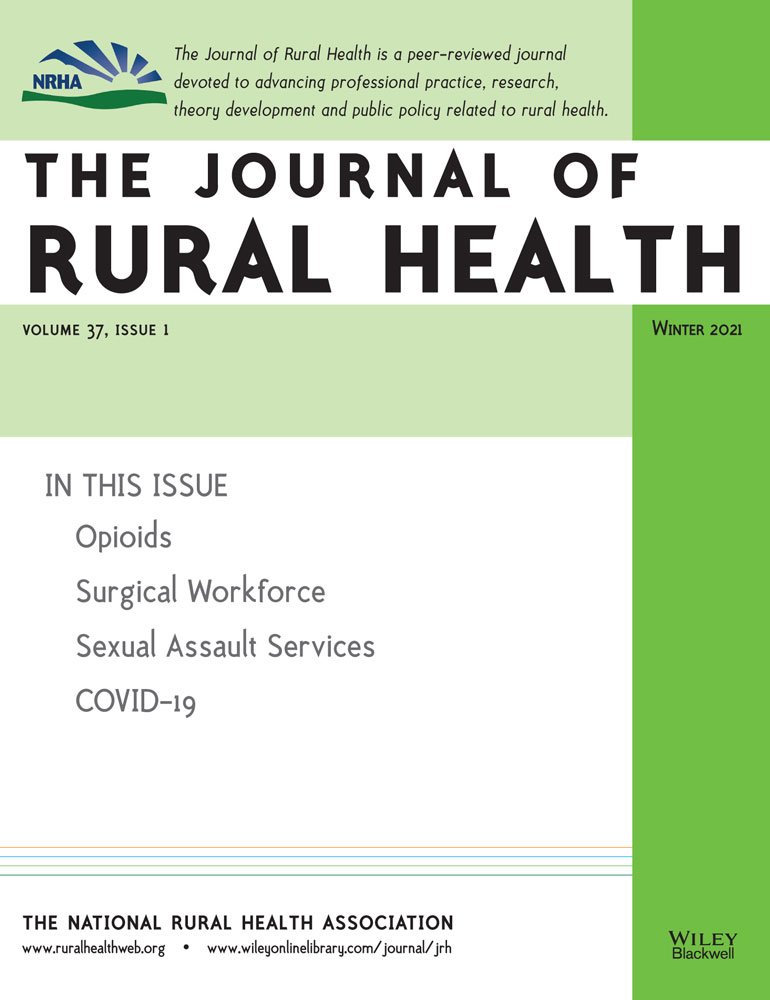Deaths From COVID-19 in Rural, Micropolitan, and Metropolitan Areas: A County-Level Comparison
Abstract
Purpose
The United States has experienced a surge of COVID-19 cases and deaths. Regardless of the overall increase in the prevalence and mortality, there are disagreements about the consequences of exposure and contracting COVID-19, specifically in rural areas. Rural areas have inherent characteristics that increase their vulnerability to contracting COVID-19. The objective of this study was to investigate the differences in death rates from COVID-19 between urban and rural areas in the United States.
Methods
This study used county-level data. The data set consisted of confirmed COVID-19 cases and deaths along with county-level demographics. The sample consisted of all counties in the 50 US states and DC. Counties were designated as metropolitan, micropolitan, and rural. A zero-inflated negative binomial regression was used to estimate county-level number of deaths conditional on contracting COVID-19. The study focused on COVID-19-related mortality from February 10, 2020, to June 12, 2020.
Findings
After controlling for county-level characteristics, the rate of COVID-19 deaths was 70.3% (P < .001) for rural counties and 53.4% (P < .001) for micropolitan counties, both significantly lower than metropolitan counties during the study time period.
Conclusion
Over time, rural geography and social isolation may not provide sustainable protection to rural residents from the pandemic. The slow progression provides rural areas additional time and opportunity to learn from the experiences in urban areas that were most affected. Rural areas need to be proactive and develop prevention strategies and response plans to manage and control the spread of COVID-19.




